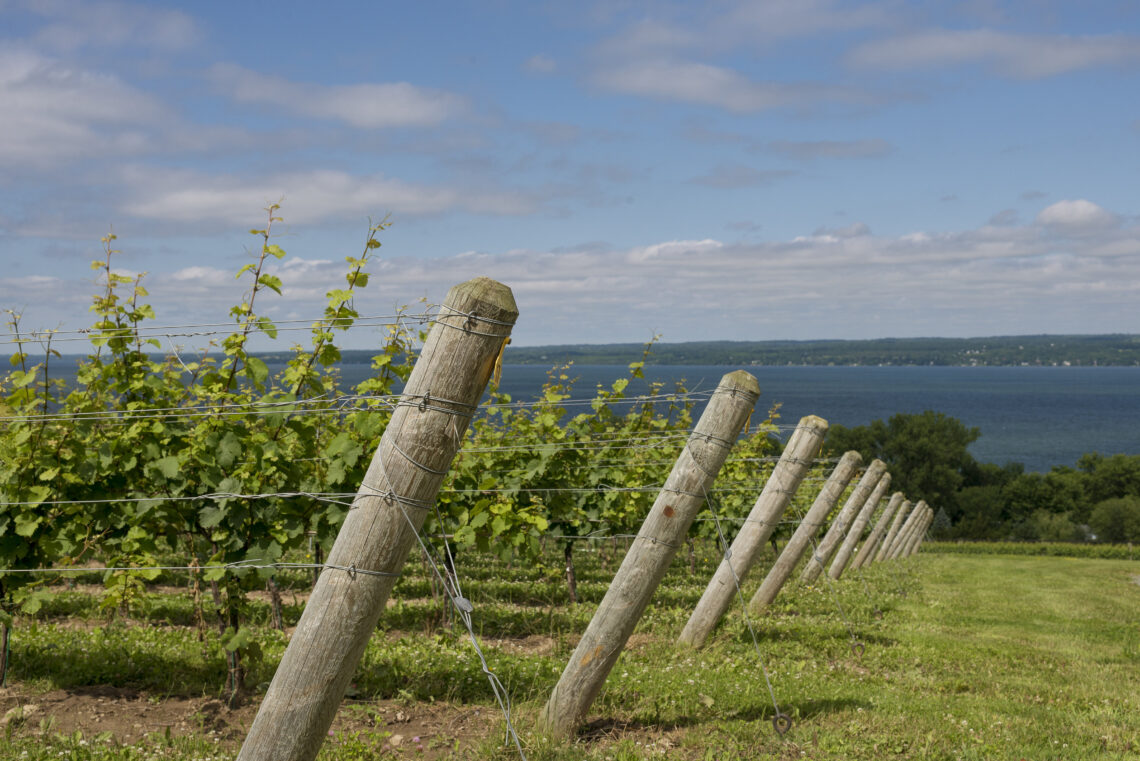The Wolf Post offers a professional service with free access, without subscription.
For this reason, a donation would also be a sign of appreciation for our work.
Cayuga Lake Wine Trail was established in 1983 to promote wineries located within the Cayuga Lake American Viticultural Area (AVA). The wines of the area have received numerous international awards, the result of the work and passion of local winemakers. The region offers breathtaking vistas of Cayuga Lake, Taughannock Falls and rolling vineyards.
Another area of the United States to be discovered as Katherine Chase, Executive director of the Cayuga Lake Wine Trail.
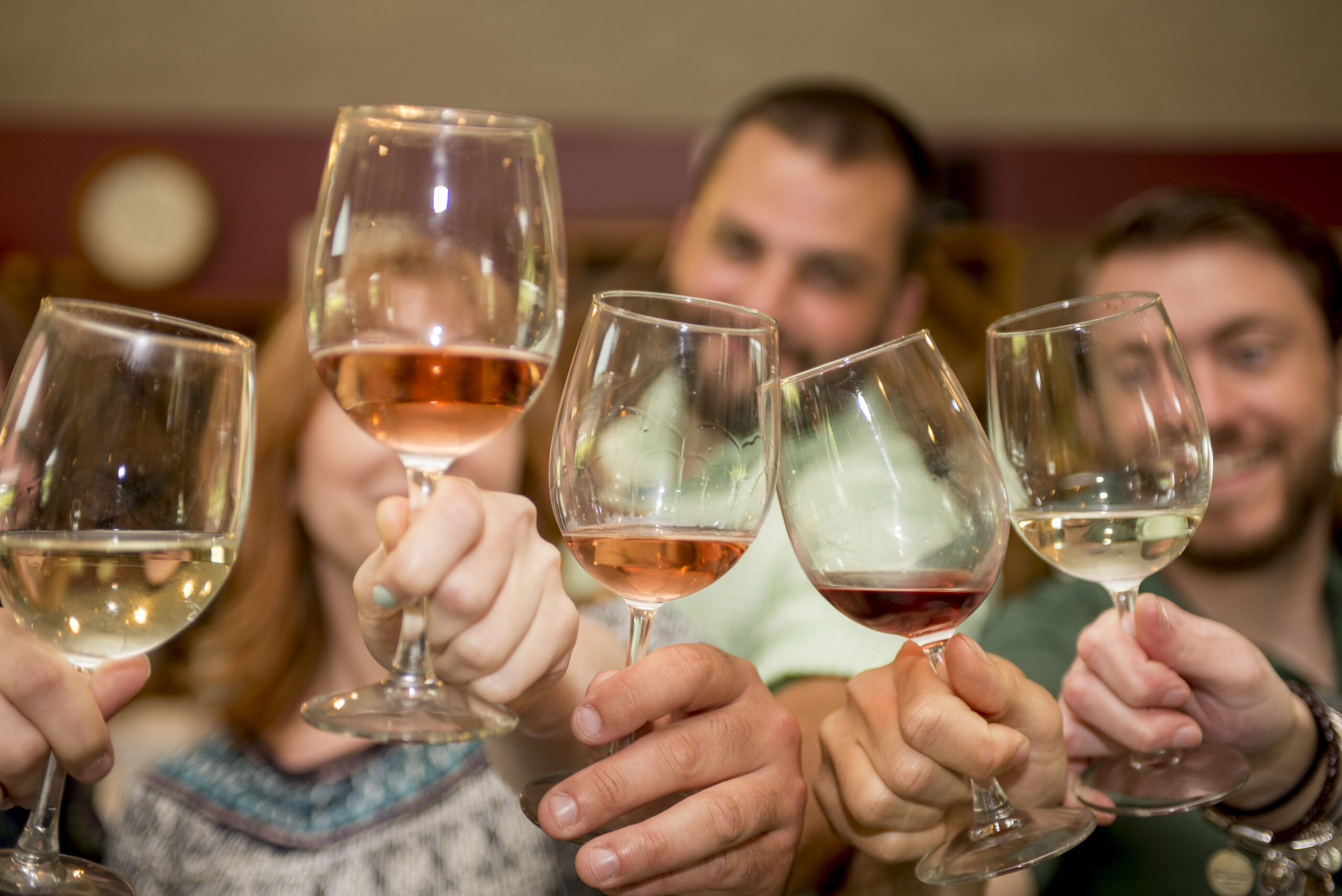
©Cayuga Lake Wine Trail
Where in the United States is the Cayuga Lake Wine Trail located and why is it considered the oldest wine trail in America?
The Cayuga Lake Wine Trail is located in New York State in the Finger Lakes region. The Finger Lakes region is known for its lakes, composed of 11 lakes that were formed by glaciers 2 million years ago. These lakes run roughly North to South which give them the Finger-like appearance from the sky. Cayuga Lake is the longest coming in at 40 miles long and Seneca is the second longest lake, coming in around 38 miles long, though it’s about 300 feet deeper than Cayuga.
Founded in 1983, the Cayuga Lake Wine Trail is the first organization of its kind, when 5 wineries banded together to become a visitation destination.
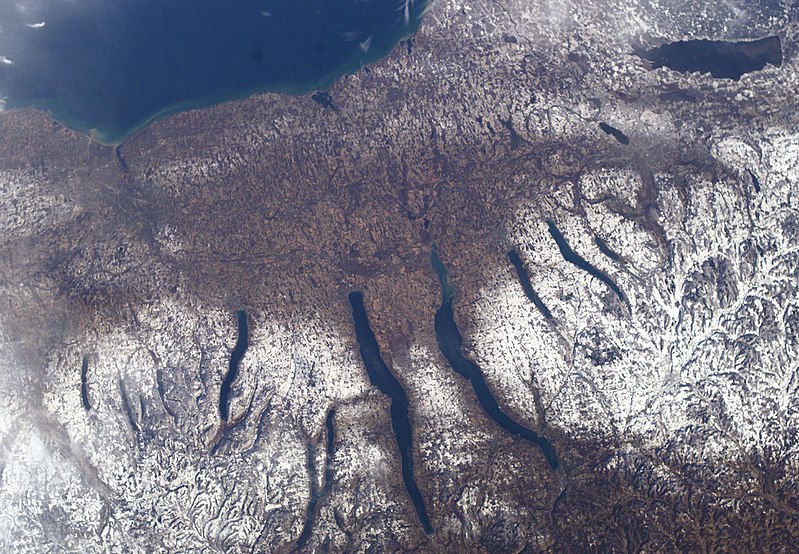
©Cayuga Lake Wine Trail-New_York’s Finger Lakes
What are the peculiarities of the territory and its wines?
The territory is most unique due to the lakes. New York is a cool climate region with cold, snowy winters and seemingly short summers, and the lake’s climate helps to regulate the heat during the winter, protecting the vines. Since it takes longer for the water to either heat or cool, it helps to keep the air surrounding it at a more consistent temperature.
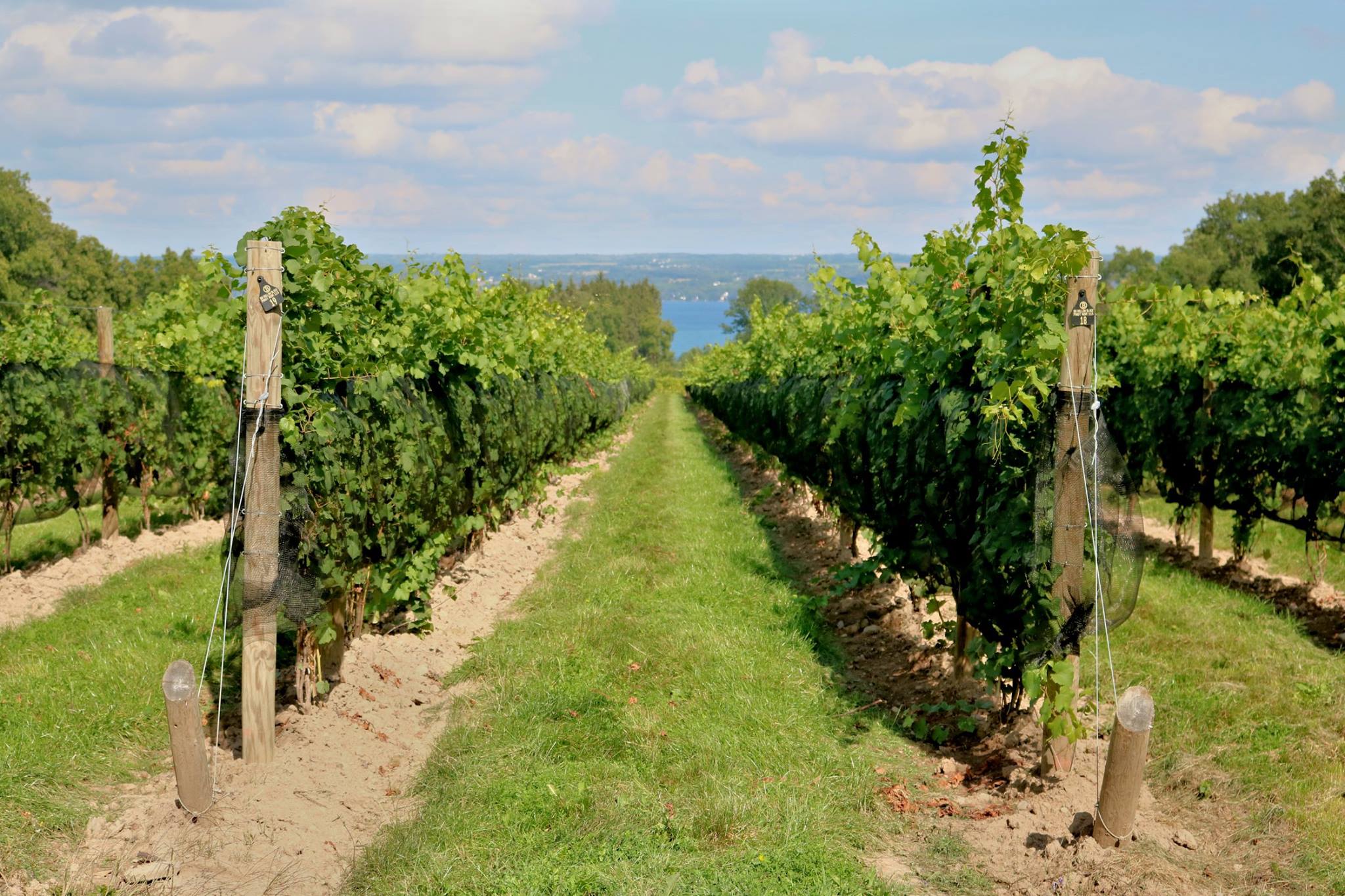
©Cayuga Lake Wine Trail-Vineyard view buttonwood
Can you briefly describe the areas of cultural and wine tourism interest of the Wine Region?
Our region as a whole is the Finger Lakes AVA, or American Viticultural Area. This is an official designation that was established in 1982 and encompasses all 11 lakes, which includes over 11,000 acres of vineyards and is the largest wine region in New York with over 130 wineries.
Within the Finger Lakes AVA are smaller AVAs, the first one being Cayuga Lake AVA. The trail was founded in 1983 and the AVA designation was awarded in 1988. The Trail as an organization is a member-based organization. As of 2023, there are 12 member wineries, but there are roughly 20 wineries total along this lake.
Another AVA within the Finger Lakes is the Seneca Lake AVA. Their wine trail was founded in 1985 and their AVA was designated later in 1988. Their organization is run similarly to ours and is member-based. As of 2023, they have 28 members, but their lake has over 50 wineries.
Both Keuka Lake and Canandaigua Lake also have wine trails, though they don’t have official AVA designations.
An AVA is important because it allows the winemaker to be able to accurately describe the origin of the wine to the consumer. It’s also a state requirement that the AVA be placed on the label.
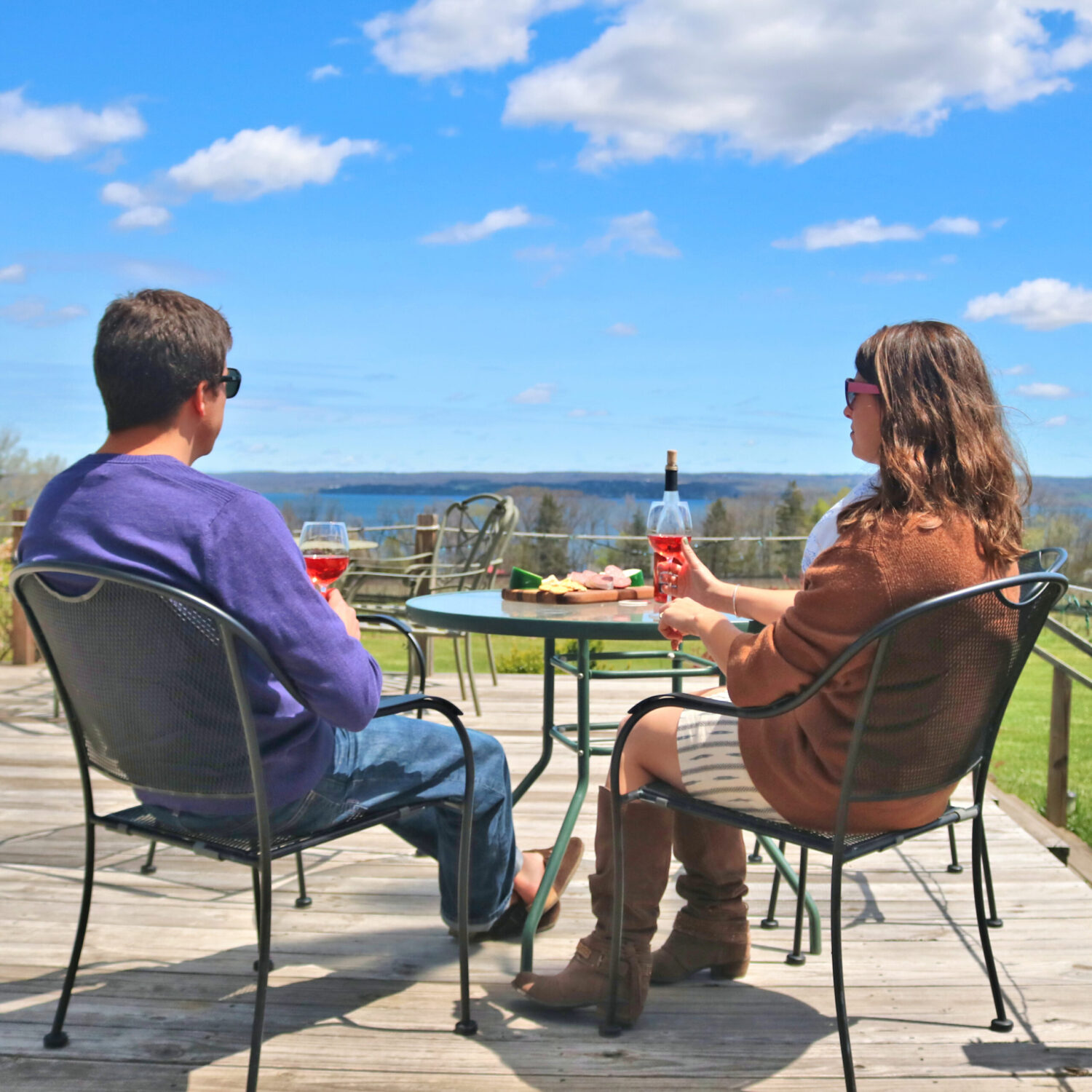
© Lake Wine Trail- Buttonwood premium tastings
How many wineries are there in your Region and what type of wines are produced?
As mentioned above, there are over 130 wineries in the Finger Lakes region, around 20 on Cayuga Lake, and 12 that are members of the Cayuga Lake Wine Trail. Our region is most known for Riesling. It tends to be known as our “signature grape.” Our climate is perfect for it. We’re able to grow it from dry to sweet and just about every winery carries at least one version of it.
An upcoming rising star has been Pinot Noir. We’re still a young wine region, but we’ve finally gotten to the point where we’ve perfected all the intricacies of tending to it and are producing top-rated Pinots.
We produce just about everything- Chardonnay, Sauvignon Blanc, Rosé, Gruner Veltliner, Gewurztraminer, Cabernet Franc, Cabernet Sauvignon, Lemberger, Baco Noir, Pinot Grigio, Cayuga White, Merlot, etc. There’s almost too many to name. There’s certainly something for everyone!
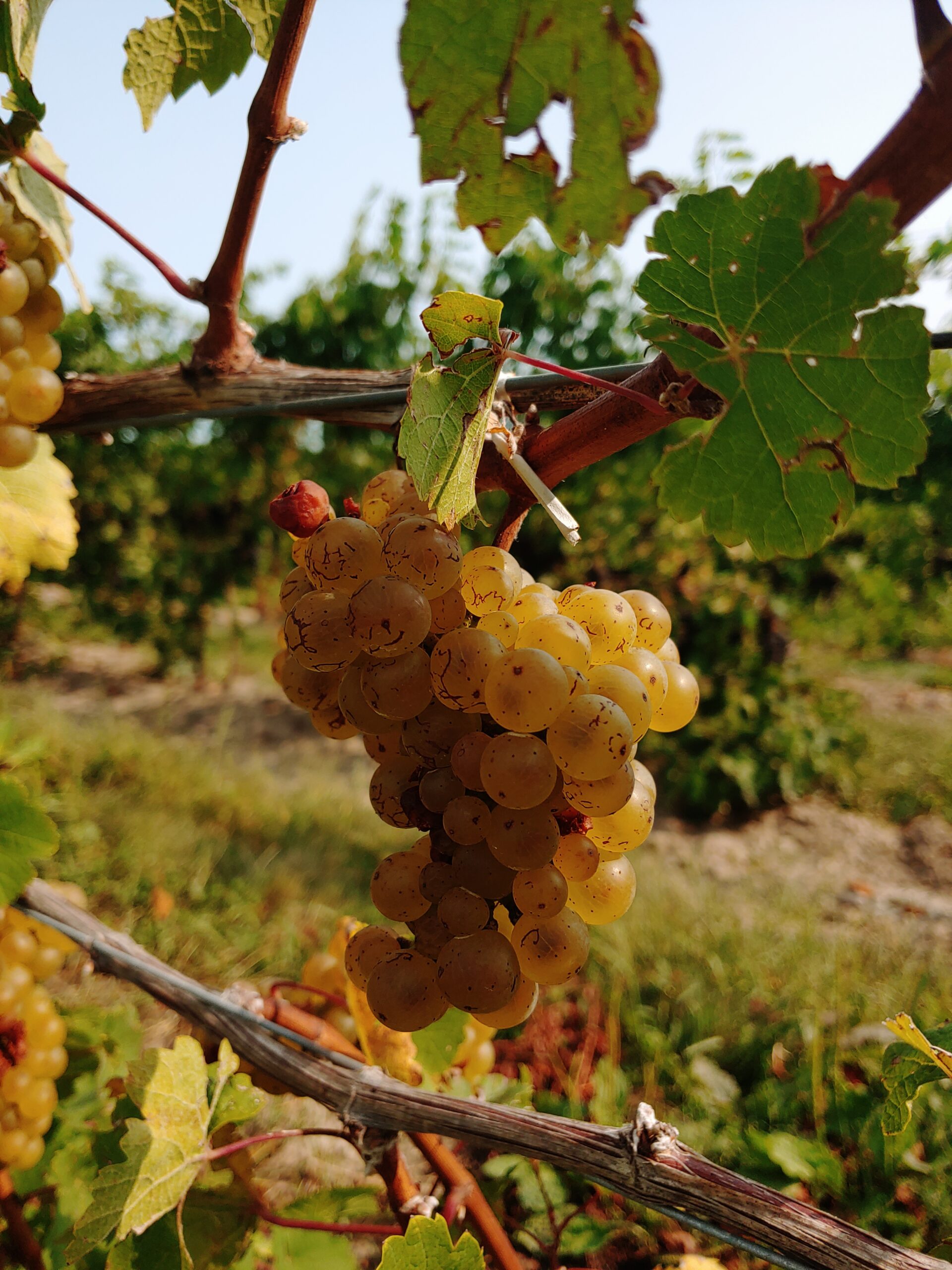
©Cayuga Lake Wine Trail-Riesling Buttonwood
Why are wines of this region so special?
We’re special for so many reasons, and in no particular order:
Our wineries are owned and operated by families whose sole passion is grapes and wine. They pretty much live and breathe grapes and produce wine, and you can taste that passion in every bottle. Many of the wineries are also being run by a second generation.
Our Terroir. Terroir is the environment in which the wine is produced. So, our lakes provide the temperature-moderating influence that supports quality grape growing.
Cornell University in Ithaca, NY- Cornell has a regional extension program, the Finger Lakes Grape Program, that provides information and research for pest-management, vineyard practices, farm business management, etc. They also have an AgriTech station where new grapes are researched and developed. They’re able to develop strains that are more disease and pest resistant, and winter hardy.


